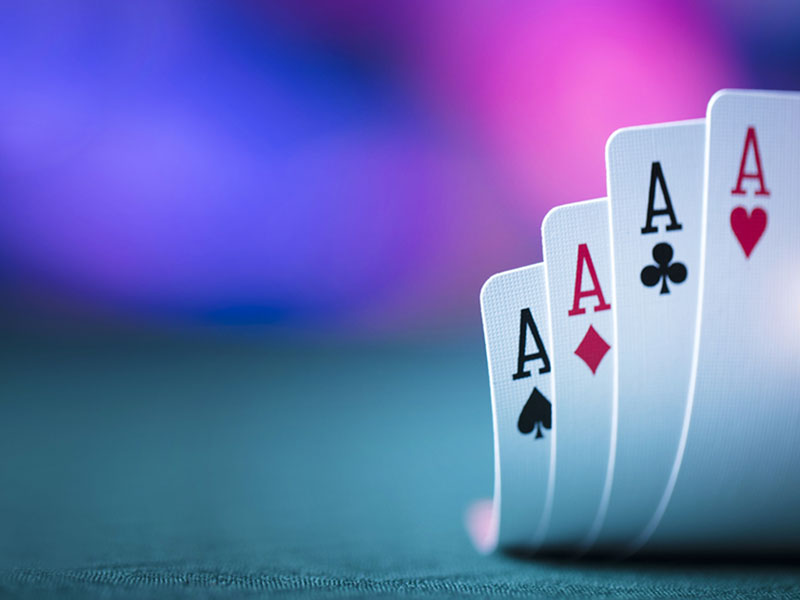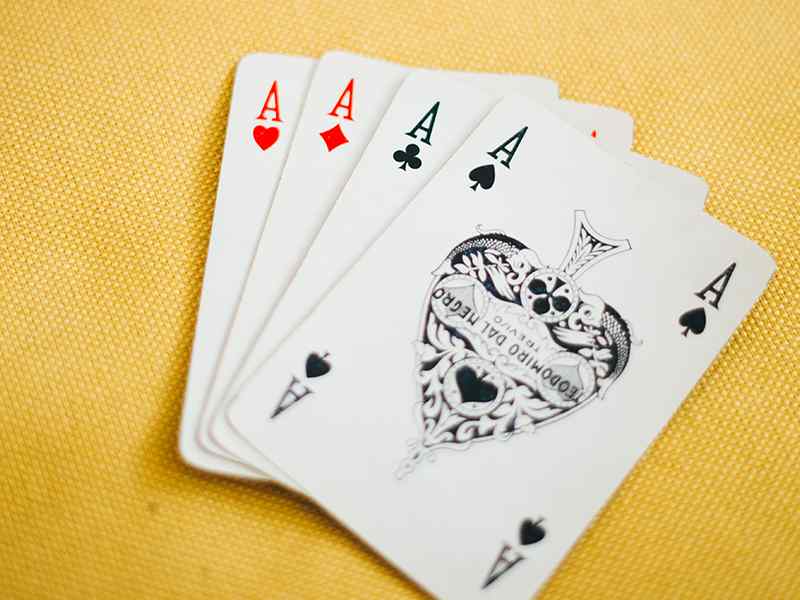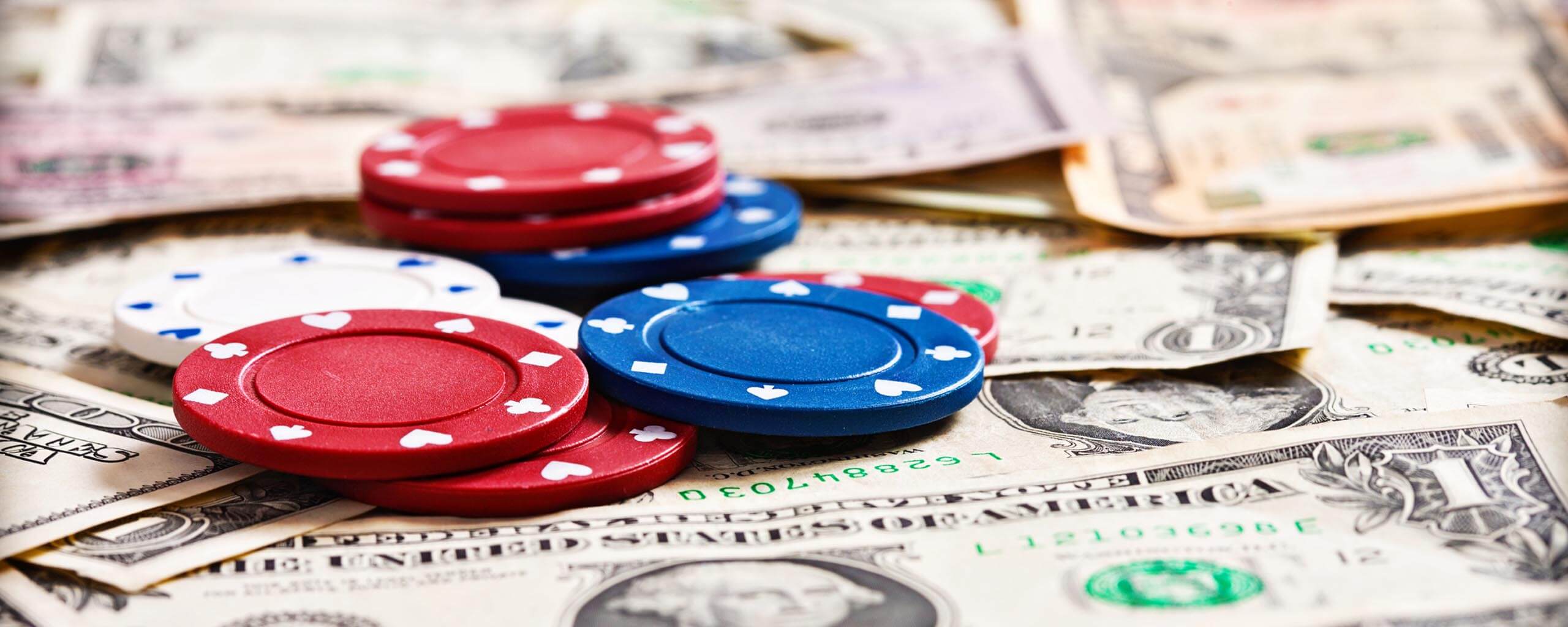Learning to play marginal poker hands well should be on every beginner’s to-do list.
Why?
In poker, marginal (or plain bad) hands are common, with only a small percentage of genuinely good ones. So if you wait around for only the good hands – and fold everything else – you could be waiting a long time, and your winning potential takes a hit.
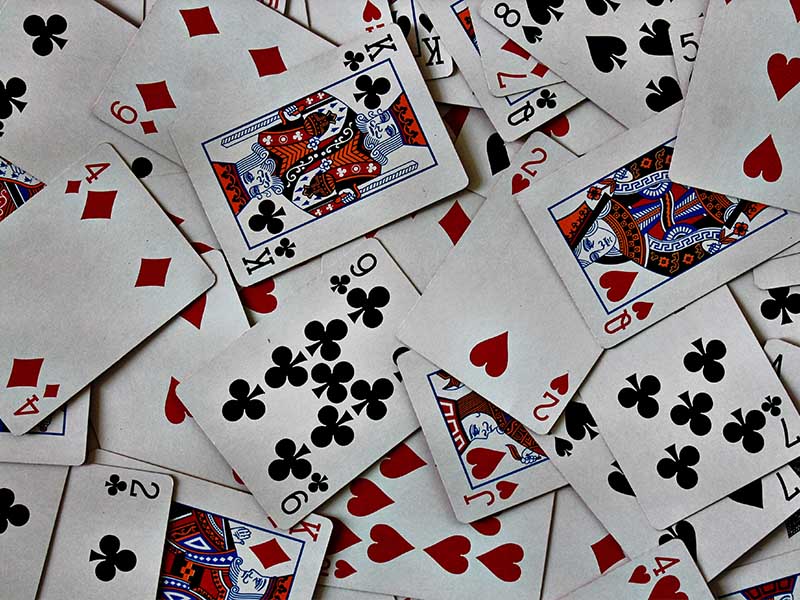
What are marginal hands?
In poker, a marginal hand is a hand that is neither strong nor weak. That is, there’s a small chance of it being a winning hand once the community cards are dealt.
Marginal hands tend to have one-card gaps (two cards that are two ranks apart) between them, be of different suits or have lower numbers. Below we’ll dive into some specific examples and how to use them to your advantage.
Note: When it comes to poker everything is relative – a marginal hand will probably beat a “bad” hand in most circumstances, but since it could come down to kickers, a higher marginal is better than a lower one. There’s also the bluff factor, which means it can go either way.
Examples of marginal hands
Below are some marginal starting hands along with strategies for play.
As you gain experience, you’ll develop an instinct for the odds of a win with different marginal hands and the styles of play that work.
For now, these are the ones to look out for.
Suited connectors
Suited connectors are cards of the same suit that are numerically adjacent, for example, 10 of Hearts and Jack of Hearts.
As marginals go, suited connectors are among the best starting hands. That’s because the community has a reasonable chance of revealing a flush, a straight or a pair.
If you open raise with suited connectors, you can start to force a few of your opponents to fold long before the river.
Unsuited connectors
Non-suited connectors are adjacent cards of different suits, like 10 of Hearts and Jack of Clubs.
Unlike suited connectors, there’s no chance of a flush, but straights and pairs are possible. Because they are adjacent, a straight can go in either direction, which slightly raises its chances of occurring.
High unsuited connectors (Ace/King or King/Queen) can be very tempting if the flop reveals at least two cards that make a straight. Most experienced players would call or raise after such a flop.
If the turn doesn’t help a straight, then you’re betting on the river. In the absence of a pair or similar win condition, it’s your call.
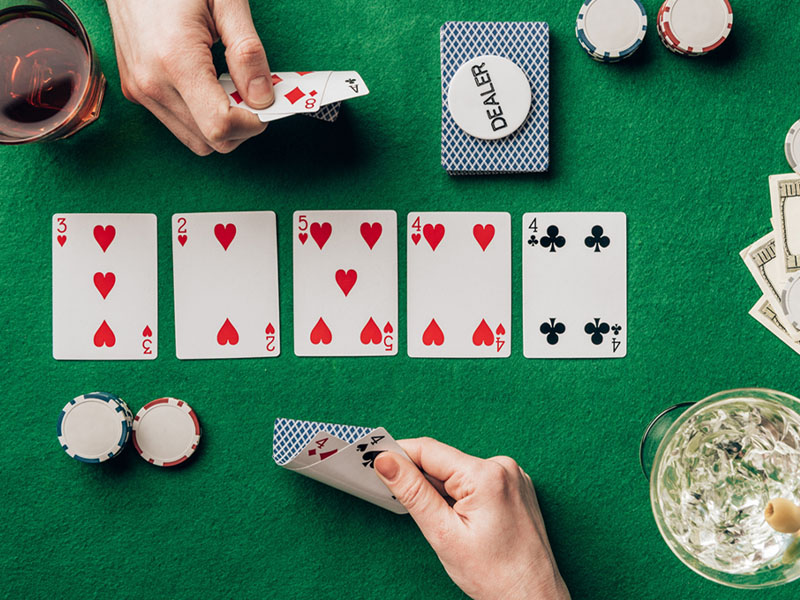
Small pairs
A small pair (any pair under 7) is marginal because you could win by pair, two pair, three of a kind or four of a kind, but anyone else holding a similar hand of 7 or above would win.
As more cards go into the community it will all be much clearer — but early in the game, it’s worth playing rather than folding to see how the rest of the table plays.
Gapped cards
Gapped means the cards are not connected.
One-gap means there’s one card between them, for example, an 8 and a 10. Two-gap means there are two cards between, such as a 9 and a Queen.
The bigger the gap, the smaller the chance of a straight coming in. A three-gap would be reliant on those exact three intermediates going into the community, which is statistically unlikely.
However, a one-gap presents opportunities.
If the intermediate card and one on either side comes out in the flop, you need either the high or the low to get a straight, for which there’s a 1 in 6.5 chance on average – and that’s before the river has been dealt.
A high one-gap pair would keep most players in the game, at least until the turn.
Playing marginal hands to your advantage
Learning how and when to play marginals is vital to becoming an accomplished poker player. Here are a few tips worth considering when playing them.
Understand opponents’ playing styles
If you’re playing at a table, it’s good practice to try and understand your opponents’ styles of play, including their tells.
This is complicated by someone’s ability to bluff and play varying styles, but it can yield big rewards.
Tells don’t play a part in online poker tournament strategy, but styles can be studied in any arena.
Discipline yourself
Play the long game, calculate your risks and don’t be rash.
Most experts recommend an all-or-nothing approach – playing limp can often reveal a weak hand, whereas raising can help clear out some of the other players who have marginal hands.
Understand the odds
Just as darts players become expert mathematicians over time, poker players develop a sixth sense for probability through experience.
Poker is partly about odds and partly about character, and you won’t get far without a good understanding of both.
Simple sums form the backbone of this knowledge.
For example, knowing pairs below 7 are less likely to win (because it’s possible your opponent will have a pair of 7 or above) is a skill you can learn from a book – or through bitter experience.
There are 52 cards and 13 of each suit, and that is set in stone. There’s a probability for every single outcome, and over time, your respect for the odds will pay dividends (but don’t expect probability to determine the winner every time).
If in doubt, fold
What if you’ve got a marginal hand but something doesn’t feel right? It’s usually best to fold.
Play the long game
Poker is not about winning every hand. That’s impossible.
It’s about weighing up your chances at every stage: starting hand, flop, turn and river. Those are four distinct stages where your odds of winning change for the better or the worse.
You shouldn’t dismiss marginal hands. Partly because they’re so frequent; partly because they’re neither good nor bad – and as the game develops, middling hands can quickly become strong.
So keep playing, keep learning, and only ever bet what you can afford to lose.
